
2023 Georgia Tech Symposium & Workshop
The Materials Characterization Facility is pleased to announce that, in collaboration with Rigaku, the MCF hosted a workshop on X-ray diffraction. January 5 featured seminars from researchers across the southeast including but not limited to Clemson, Emory, and Florida State University. January 6 featured hands on training and application of techniques and showed off the capabilities of the tools and the software.
Access Seminar Recordings
Welcome to the recordings page for the Advanced Data Visualization seminar. Here, you will find the videos for each session, providing you with the opportunity to revisit your favorite presentations or catch up on any sessions you may have missed.
In-situ Experiments

Texture and Stress
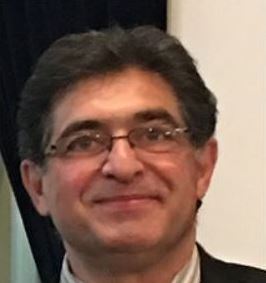
New Materials for Energy and Electronic Applications
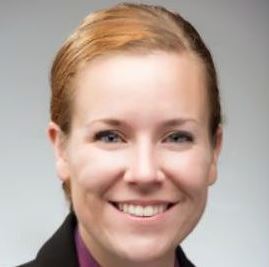
Cellulose Nanomaterial Scaffolds for Polymorph Control in Pharmaceuticals
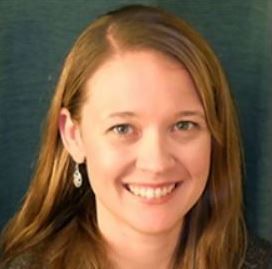
Materials Design Assisted by in situ XRD
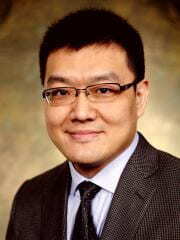
Recent progress on Laboratory XRD for Micro Area Residual Stress Analysis on a Multilayer Ceramic Capacitor

Multi-scale Characterization of Complex Natural Materials and Implications for Resource Recovery

Analytical Characterization Resources at the Joint School of Nanoscience and Nanoengineering (A SENIC Site)

Some Results from Powder Diffraction on a Single Crystal Diffractometer with Microfocus Source

The convergence of microfocus X-ray sources and advanced detection technologies has expanded the utility of single-crystal diffractometers into the realm of powder diffraction. This presentation outlines strategies for effectively conducting powder X-ray diffraction (XRD) using standard single-crystal instrumentation. With highly collimated and intense microfocused beams, only minimal sample quantities—often less than a milligram—are required. Flexible mounting techniques, such as polymer capillaries and loops, facilitate efficient sample handling, especially for heterogeneous or poorly crystalline materials.
Key methodological considerations are discussed, including detector geometry, sample rotation, multi-offset scan protocols, and long working distances to mitigate peak broadening. The role of modern software, including CrysAlisᴾʳᵒ, MATCH, GSAS, and Endeavour, in streamlining data acquisition, calibration, and structure solution is also emphasized. Case studies ranging from metal oxides to nanomaterials demonstrate the technique’s capacity for rapid phase identification, unit cell refinement, and, in select cases, full structure solution. These results highlight the untapped potential of single-crystal platforms to deliver rich powder diffraction data, particularly in laboratories where sample quantity or beamtime is limited.
Advanced Functional Materials: from Magnetism to Applications
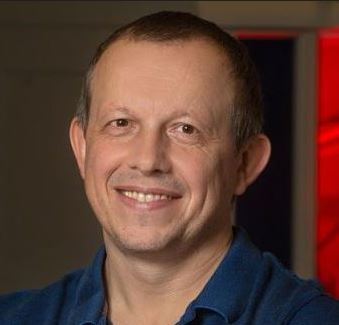
This presentation explores two investigative narratives in the field of magnetic materials. The first centers on classic binary manganese chalcogenides, revisiting their magnetic structures using modern techniques such as elastic and inelastic neutron scattering and high-resolution X-ray pair distribution function (PDF) analysis. A notable discovery includes the identification of a previously unobserved third phase of MnSe, stabilized within a narrow temperature window during flash-cooling protocols, with implications for understanding phase transformation kinetics and domain-limited structural coherence.
The second story transitions to new material development, focusing on kagome-like metallic systems within the Y–(Fe,Co)–Ge structure family. By leveraging chemical substitution strategies and electronic structure insights, the Shatruk group successfully tunes magnetic ordering—from antiferromagnetic to ferromagnetic-like states—revealing a phase boundary that holds promise for hosting exotic spin textures. Together, these studies emphasize the power of modern tools in re-examining “known” systems and highlight the continued importance of exploratory synthesis in advancing condensed matter science.
The Chemistry of Quantum Materials

